Description
Every kit comes with supplies to conduct 50 tests; 50 strips, 50 sampler pipettes, and a chemical buffer.
Why use a SCC test?
Somatic cell count tests help assess milk quality and screen for mastitis in dairy cows. These on-farm tests are easy to use and don’t require a veterinarian. Regular testing supports herd health by enabling early detection of issues, enabling proactive management and better outcomes.
Wide-ranging Applications:
- Test at dry off (when infection risk is highest) and freshening
- Screen first-calf heifers and high-risk cows
- Monitor treated cows to confirm recovery
- Evaluate purchased cows before herd introduction
- Perform routine preventative herd health screenings
- Check cows before insemination
How to test your cow’s SCC:
- Prepare Udder & Collect Sample – Perform normal udder prep, forestrip 3-5 streams, and collect a milk sample in a clean, labeled container. Mix well.
- Prepare Test Strip & Pipette – Place an SCC test strip on a flat surface. Use the provided pipette to draw a milk sample from the container.
- Apply Milk to Test Strip – Dispense the milk sample onto the test pad.
- Add Buffer Solution – Once the milk is absorbed, apply 2 drops of provided buffer solution to the test pad.
- Wait & Compare Results – Set a timer for 15 minutes, then compare the test pad color to the chart on the test strip vial to determine the SCC level.
What is Mastitis?
Mastitis is an inflammation of the mammary gland in lactating cows, caused by bacterial infection. It affects milk quality, leading to taste changes and visible abnormalities like clots or flakes. Signs in cows include swelling, redness, and hardness of the teat. The infection triggers a white blood cell response, increasing somatic cells in the milk, which indicate infection. Poor hygiene, bruising, unsanitary, or stressful conditions increase the risk.
This test is intended solely for the estimation of somatic cell count in fresh cow milk. The test is not a laboratory reference method and should not be used as a diagnostic test. Consult a veterinarian before starting any treatment.
Frequently Asked Questions (FAQ)
What if I already use a monthly screening program, such as DHIA?
Our SCC test complements monthly screening programs like DHIA, making it easier to monitor specific cows on a hot list or to test fresh or treated cows in between scheduled screenings.
Can I use these tests for dairy goat or sheep milk samples?
No. Currently, there is no SCC test available for sheep, goats, or other animals.
How do these tests work?
Our SCC tests rely on a chemical reaction between an enzyme found in milk cells and a dye on the test strip. This reaction causes the test pad to turn blue—the darker the color, the higher the somatic cell count.
How do your SCC tests differ from the CMT?
Unlike the CMT, our SCC test provides actual numerical readings and can detect significantly lower cell counts. They can be used with both quarter and composite milk samples. CMT which combines milk with a solution to form a gel in the paddle based on SCC. Seasoned CMT users may be able to detect a relative SCC of 700,000-1,000,000 SCC, which is not a useful a point for preventative action or treatment. You can learn more about the difference between our test and CMT with our comprehensive overview. There is much more value in catching a subclinical mastitis case in the lower 100,000’s SCC. Our SCC test strip will indicate if a milk sample has an SCC below 100,000.
Our test offers a superior edge in that it provides results for a range of somatic cell count and allows for early detection and action such as treatment. The goal with subclinical mastitis is to catch a cow before her SCC elevates above 200,000 – 300,000 cells/mL. This is considered abnormal and a threshold for SCM. The higher the SCC, the more impact a cow has on the herd’s bulk tank SCC which can impact a farmer’s incentives and premiums. Our tests really focus on subclinical detection of disease and other maladies which can allow farmers to act quickly and intervene to avoid the fallout and losses associated with diseases like mastitis, ketosis, and other related diseases caused by the 2 aforementioned conditions.
I used both this test and your LDH test. The LDH test came back negative but the SCC test came back very high. How should I interpret this result?
LDH (lactate dehydrogenase), an enzyme released into the milk when udder tissue is damaged and cells are compromised due to an infection. LDH levels often increase earlier than SCC. While LDH is correlated to SCC, LDH is not as easily affected as by stress, nutrition, parity and stage of lactation, making it a more reliable indicator for determining an udder infection. It is possible that the elevated SCC numbers were caused by something other than an udder infection. In instances of mastitis, usually LDH spikes first and then SCC follows. When SCC rises above 200,000–300,000 cells/mL initially that is usually an indication of subclinical mastitis. The infection triggers a white blood cell response, increasing somatic cells in the milk, which indicate infection. Once mastitis is remedied it can take a few days before the SCC levels drop back down to their normal levels. Learn more about the difference between SCC and LDH testing for mastitis.
Can I dip the test strip in milk or squirt milk directly onto it?
No. Accuracy depends on using a specific volume of milk. Please follow the test instructions carefully.
How fresh should the milk be?
Milk samples should be tested within 8 hours of collection. For bulk tank samples, ensure none of the milk is older than 8 hours.
Does milk temperature affect the test?
Yes. If the milk has been refrigerated, let it warm to room temperature before testing.
Should I mix the milk sample before testing?
Yes, mixing the milk sample before testing is recommended for accurate results.
What if I accidentally add extra drops of milk to the test strip?
Adding too much milk can lead to artificially high results. It’s best to redo the test with the correct amount.
Only logged in customers who have purchased this product may leave a review.

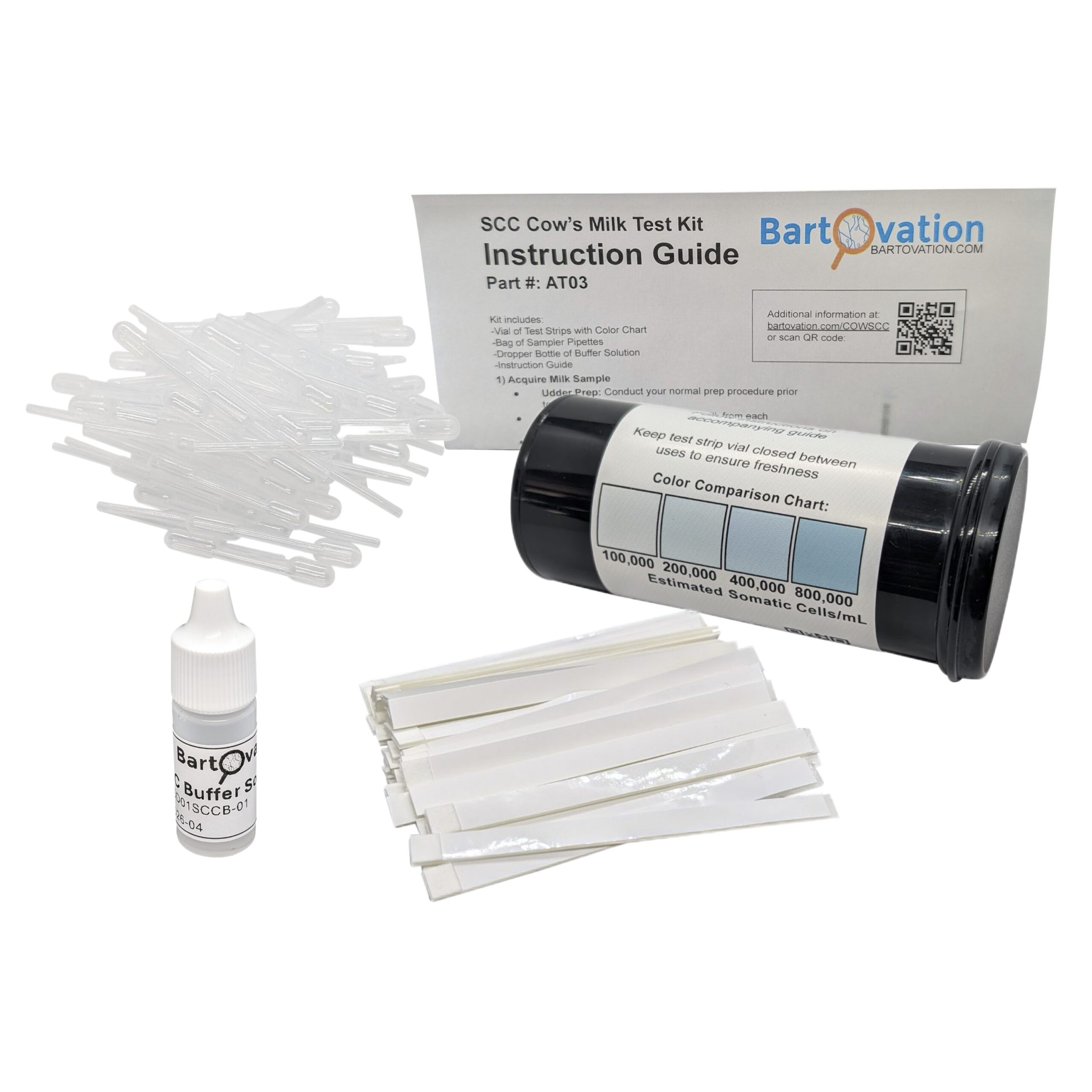
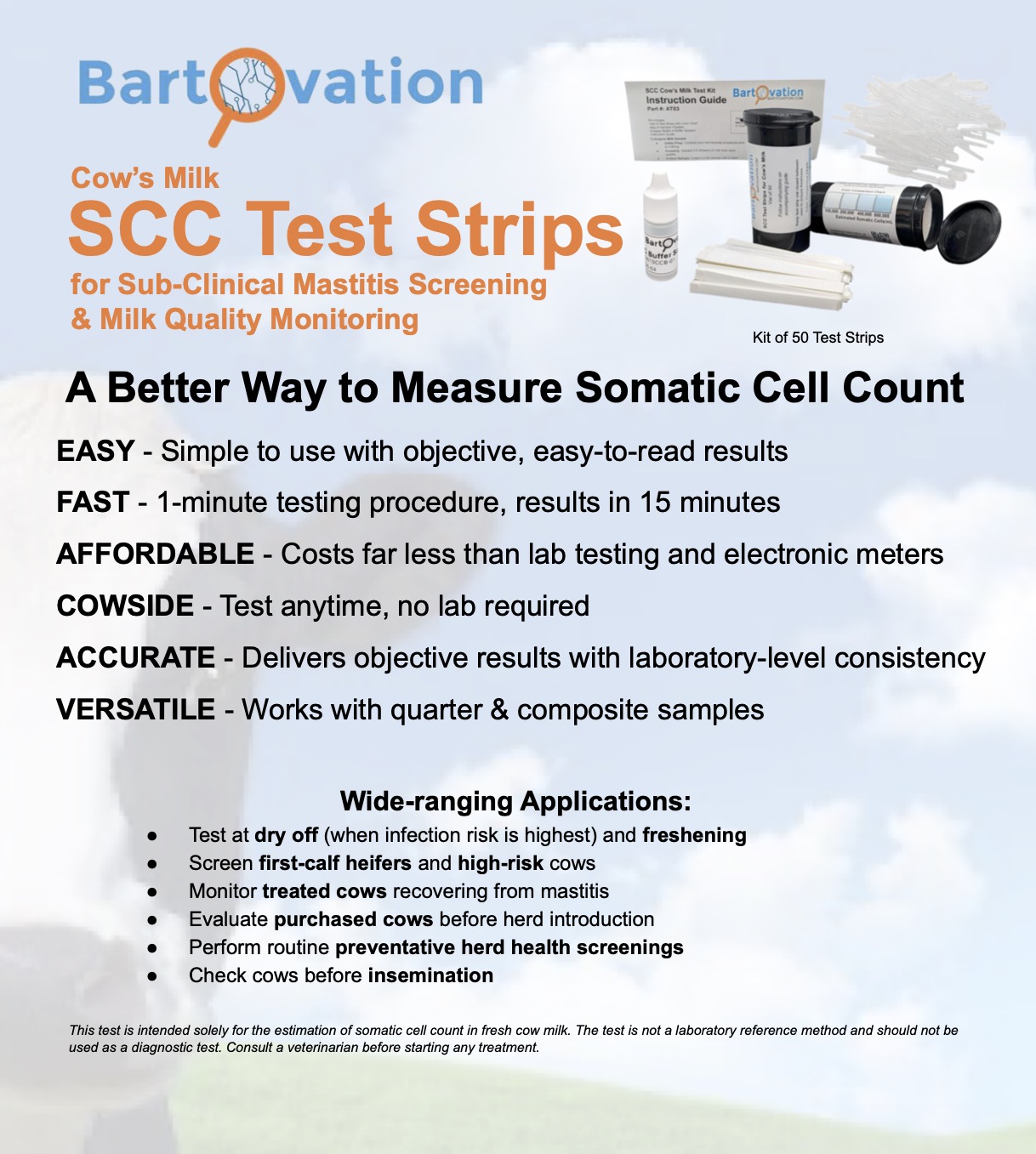
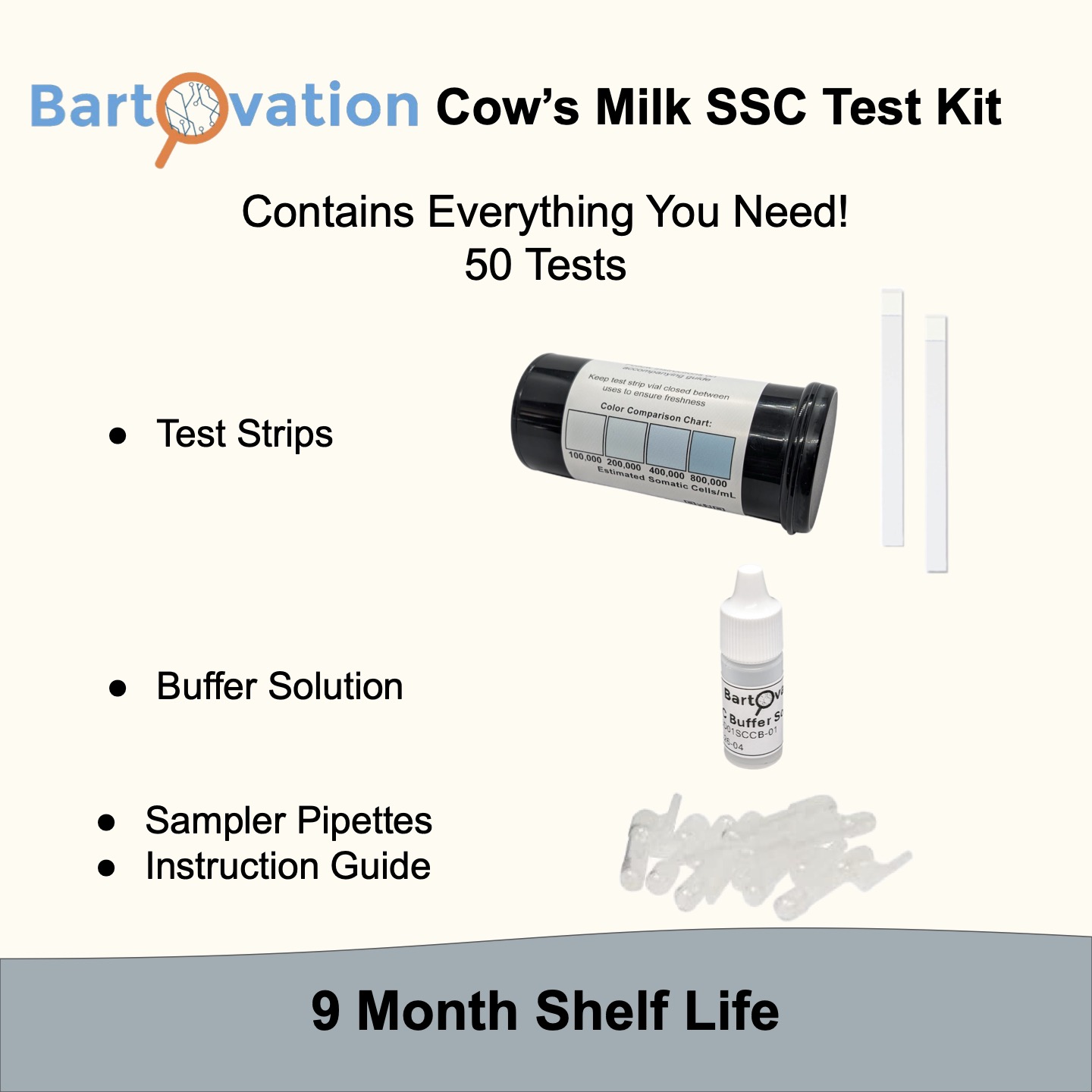
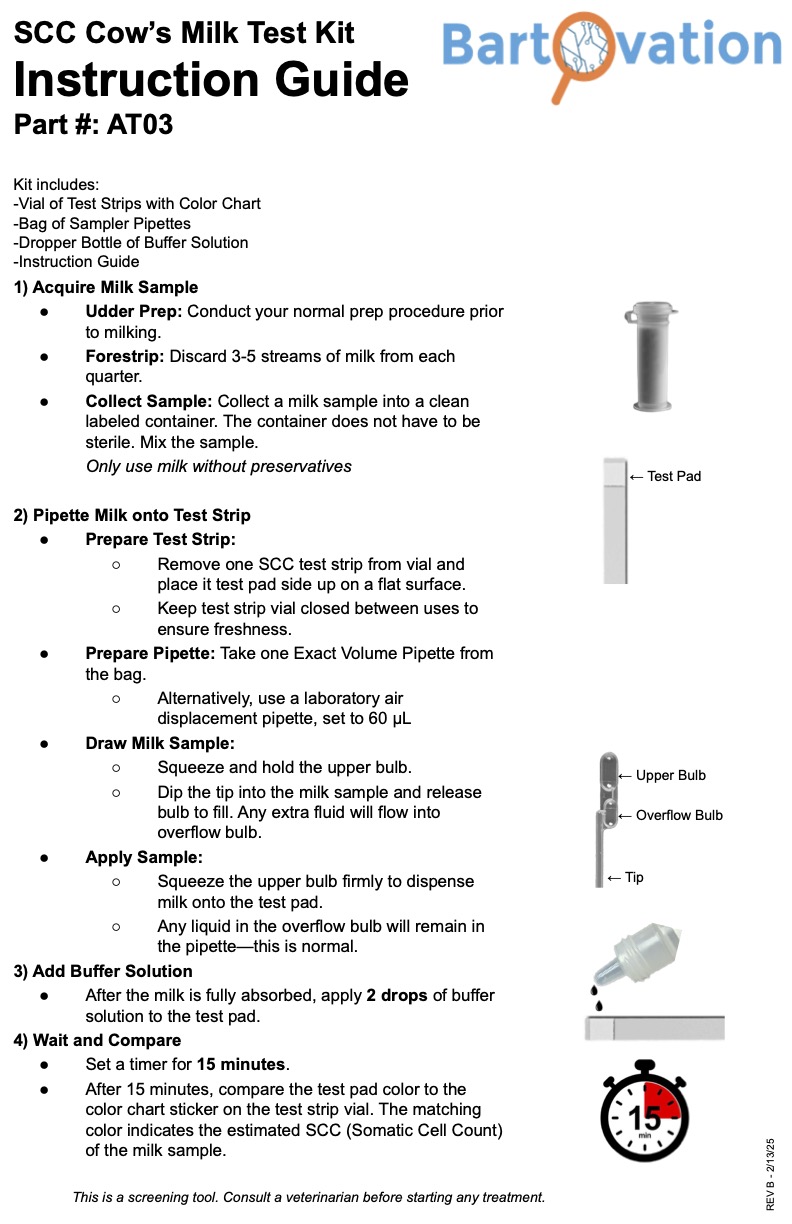
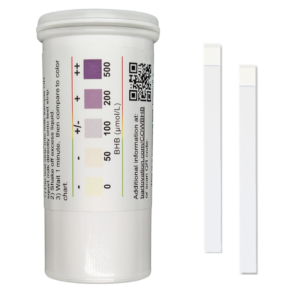

Reviews
There are no reviews yet.